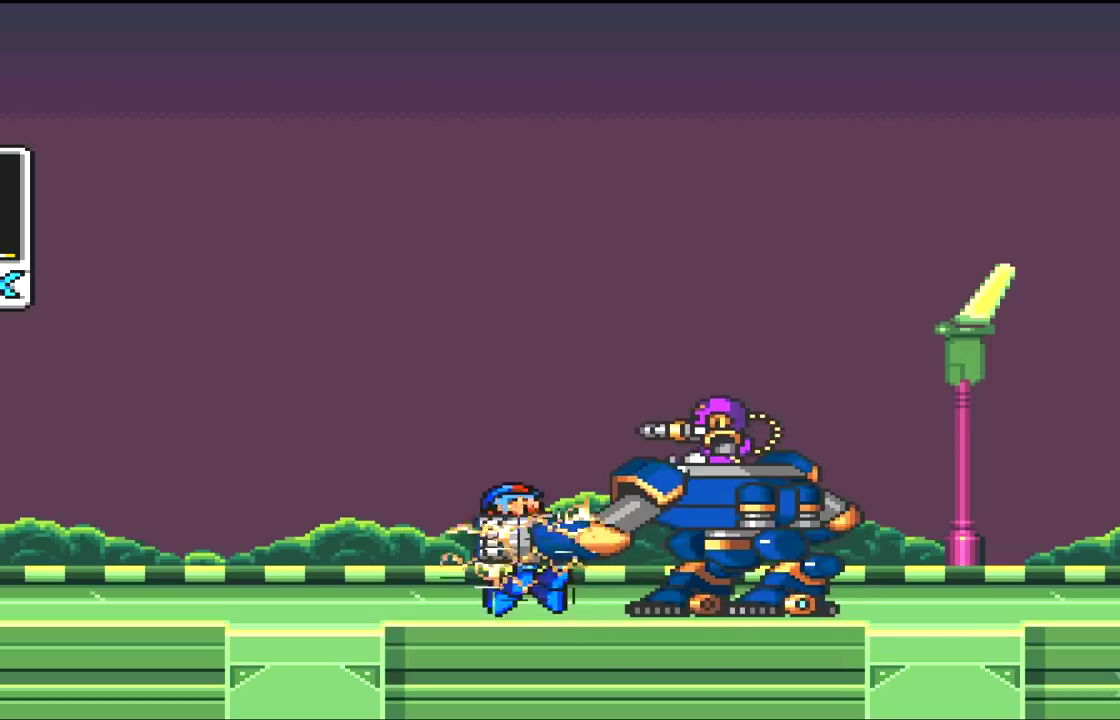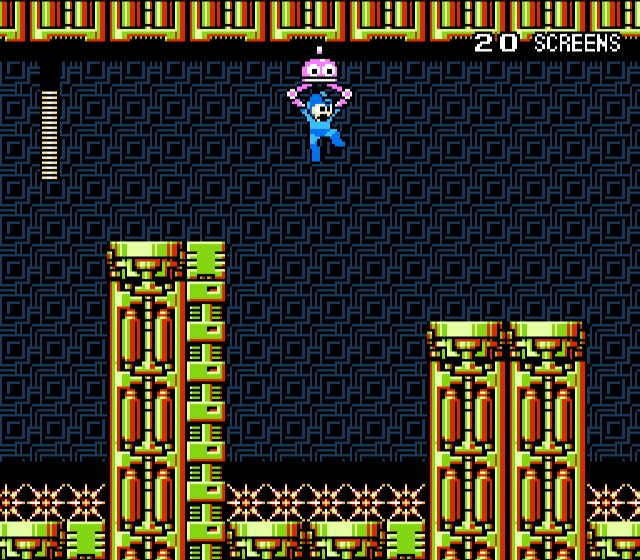

Sheep Man's Electric Wool rains down lightning from the sky. And for a title like Mega Man 10, gameplay is king. But no matter which direction the story dashes towards, Mega Man's gameplay and aesthetics remain the same as they've been for a long time. Instead, a robotic virus known as Roboenza has wreaked havoc, and some of these corrupted robots are attempting to take over. Wily appearing to not be behind the robotic attacks at the center of the plot (and we won't spoil whether or not that's actually the case, but we're pretty sure you've got a good idea if you played, say, Mega Man 4, 5, 6 or 9). Mega Man 10's story attempts to turn things on its head yet again, with Dr. He never succeeds, which is what makes Wily one of the more persistent and humorous foils in the realm of gaming. Wily returns in one fashion or another, this time with robots he's engineered or corrupted, in endless attempts to take over the world, and to kill Mega Man in the process. In each of the next eight games, from Mega Man 2 through 9, Dr. Wily's nefarious plans (as played-out in the original Mega Man game). Wily turns on Light and reprograms most of these robots to do his bidding, but one of these robots, Mega Man, quickly throws the kibosh on Dr. A group of powerful robots are created by Doctors Light and Wily to help humanity in various mundane tasks. And that's a good thing, because the 8-bit world is where Mega Man truly belongs.įor those gamers unfamiliar with the premise of the core Mega Man series, it goes a bit like this.

While Mega Man 7 (SNES) and 8 (PSX/SAT) deviated from the 8-bit path, and ended up disappointing many an ardent fan as a result, Mega Man 9 returned to the series' roots, and Mega Man 10 stays firmly on that same path.

The title looks, sounds, feels and plays like the very first Mega Man game released twenty-three years ago on the NES. There's nothing new about Mega Man 10's tech, delivery or gameplay. Mega Man 10 is a game for the core Mega Man franchise's many fans, and its appeal inherently sits with its backwards-looking approach.


 0 kommentar(er)
0 kommentar(er)
